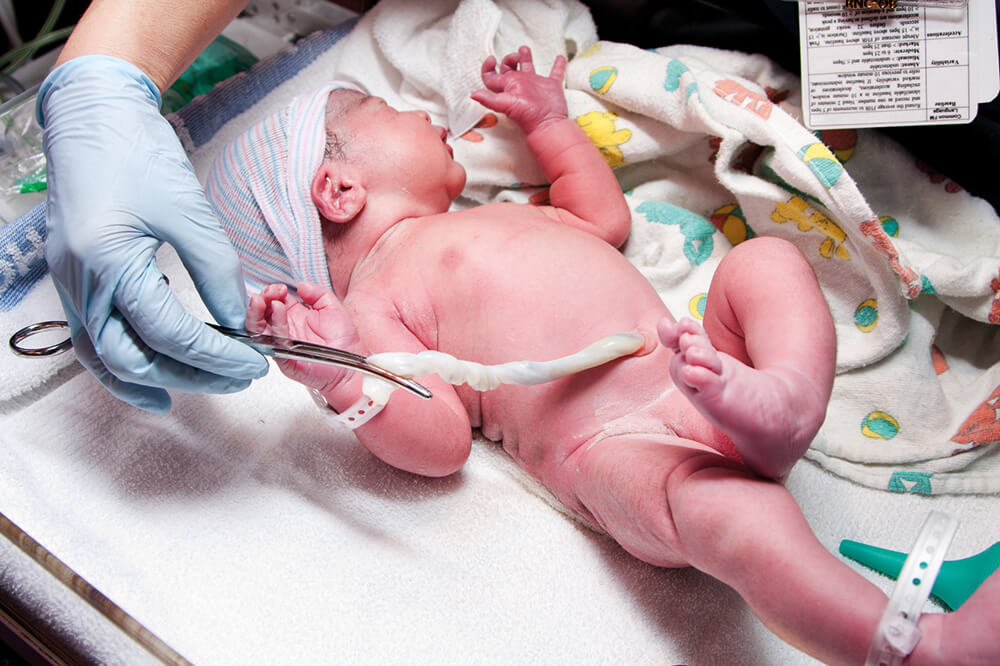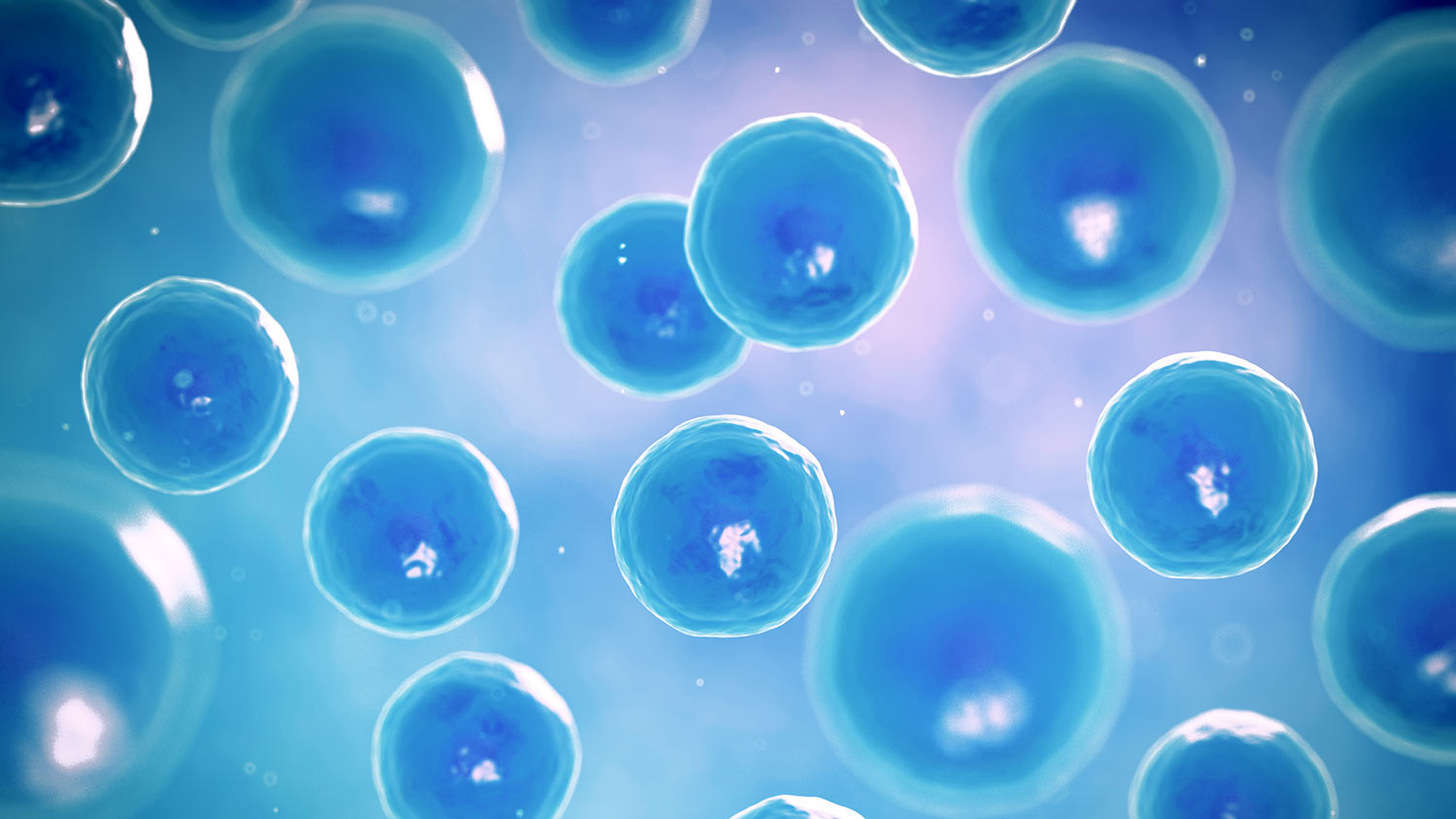Stem cells are “mother cells” (undifferentiated or immature) that have not yet undergone the processes of transformation into specialized cells of which are made different human tissues and organs. Stem cells remain undifferentiated or immature until a stimulus intervenes to encourage them to develop into specialized cells to fulfill a specific function (to become cells of organs or tissues).
Stem cells can be embryonic or adult
embryonic stem cells, which are found in the embryo from conception until the 4th day of gestation, are totipotent, that is, capable of giving life to all the specialized cell types adult stem cells present in umbilical cord blood, bone marrow, peripheral blood and adipose tissue, are multipotent, that are able to transform in some specialized cell types.
Stem cells from the umbilical cord
Are adult stem cells that have the ability to transform into all cells of the blood. They are gathered on the occasion of the birth, whether natural or c-section, drawing the blood from the umbilical cord just cut off. The collection procedure is safe and painless, for both the mother and the baby, since it occurs after birth, in the period preceding the disposal of the cord.

Storage
Childbirth is the only occasion in the course of an individual’s life, in which it is possible to collect the own stem cells in a non-invasive and to preserve them for the use dedicated to the baby or to a family member. The blood contained in the umbilical cord blood, rich in stem cells, can be harvested with a simple and risk-free procedure, before the cord will finish in the “special waste” of the hospital. Stored stem cells from umbilical cord blood can be used in the event of outbreaks of serious diseases, on the unborn child or on any compatible relative, after evaluation of clinical pertinence. More than 20,000 transplants of cord blood stem cells (Source: Gluckman et al., Cord blood transplantation: state of the art. Haematol.2009) performed worldwide for the treatment of many diseases, confirm the importance and the scientific validity of the conservation. The most part of investments in research, that were once engaged in the pharmaceutical industry, are now diverted in the field of stem cells, making possible the further development of clinical applications.
Dedicated
Conservation is defined as autologous when the stem cells contained in umbilical cord blood are preserved for the benefit of the newborn (autologous use) or its compatible relatives (use heterologous among blood relatives). This type of conservation is defined dedicated and can be obtained at no cost to the National Health Service when at birth or prenatal stage, the baby or a blood relative are infected by a disease, or in the case of relatives at risk of having children affected by genetically determined diseases. Source (OJ General Series n. 303, 31 December 2009 – DECREE 18 November 2009). The data reported by the National Blood Centre indicate 2176 of performed dedicated preservations (of which 242 in 2010). For preventive purposes, however, you can make the storage dedicated to the baby or to relatives at private facilities, such as Bioscience Institute.
Heterologous
The donation consists of making available to the public stem cells extracted from umbilical cord blood. In this case, after verification of suitability of parents, the umbilical cord blood is collected at the time of birth and the extracted cells are preserved at a public bank Italian for free. In case of necessity, they are given to anyone who might need it for a transplant, after verification of compatibility. In 2009 and 2010 donations of cord blood were approximately 17,000 (per year), of which about 4,000 (per year) actually stored in public banks. The numerical disparity between donations and stem cell samples actually stored depends on the specific requirements that those samples, intended for transplantation on subjects unrelated to the donor, must necessarily have. Most of these requirements do not apply in the case of autologous, because the cells are intended to be preserved on the donor (the baby) or on a compatible relative (f.e. Sibling).
What the law says
The families that protect in advance the salary of the cord blood can be considered as a kind of health structure (State-Regions Agreement of April 29, 2010).
The health directions of the birth points, according to the Agreement, have the task of authorizing the exports of umbilical cord blood for autologous use, after having verified the requisites of the requesting parents and the characteristics of the recipient bank.
Cord Tissue
At the request of its customers, the Bioscience Institute carries out the conservation of a segment of cordon tissue collected at the time of delivery. It is possible to isolate adult mesenchymal stem cells from Wharton gelatin, a substance present in the cordon tissue.
These stem cells differ from those of the cord blood, due to their characteristics and the possibility of therapeutic use, limited today to the experimental area only.



